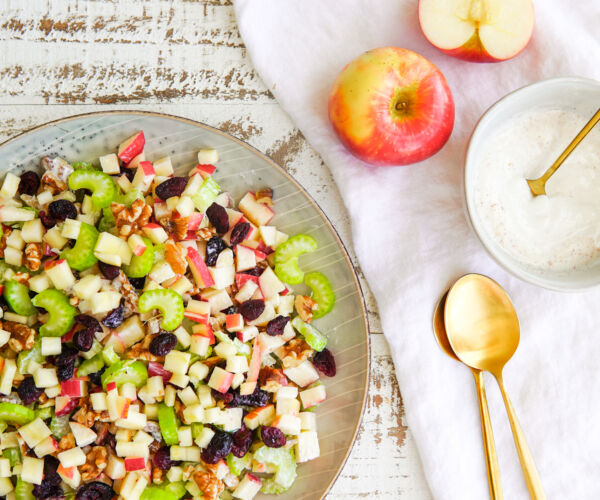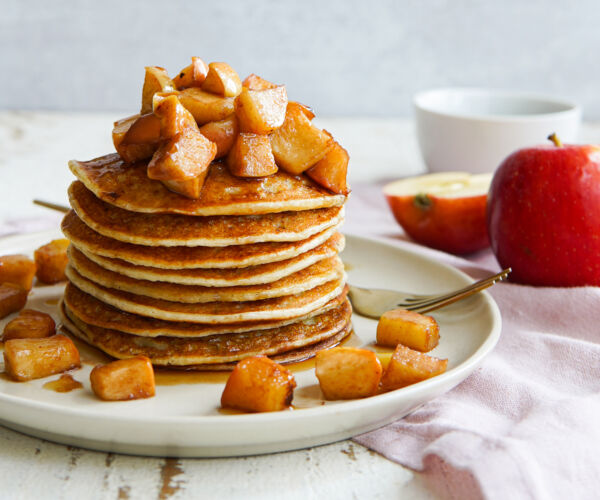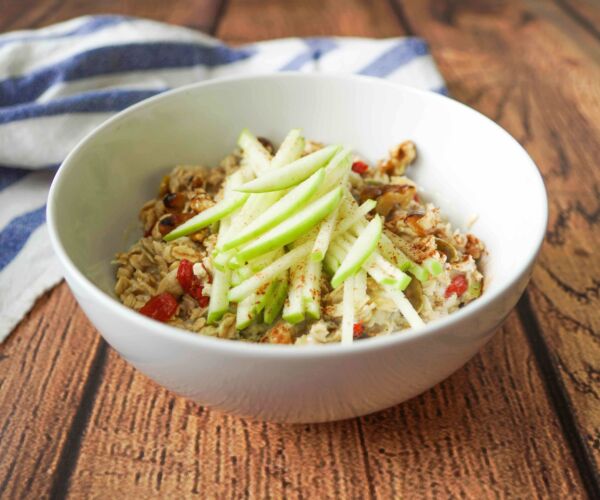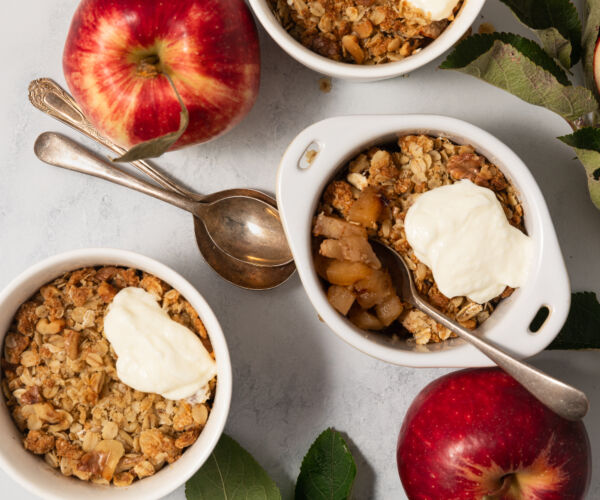Apples
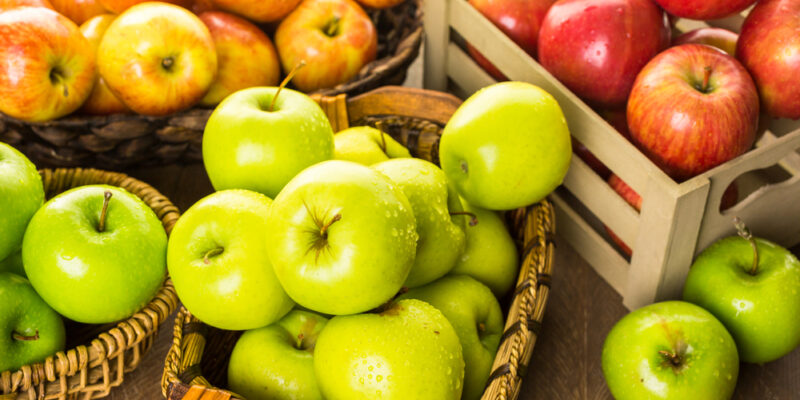
Apple/Āporo
Availability
The majority of NZ apple varieties are harvested between February and May with availability running through to December.
Storage and Handling
Store in the refrigerator for best longevity. Handle all fresh produce with care and wash before eating.
History
It is believed that silk traders first brought the apple to ancient Rome from Kazakhstan where the trees were cultivated and prized for their fruit. Romans took the cultivated fruit with them to England when they conquered the country. Apple-growing then became common in England and many other parts of Europe.
Braeburn apples originated in New Zealand in 1952 by a farmer in Waiwhero and were then cultivated by the Williams Brothers at the Braeburn Orchards. It's now one of the world's most popular apples in both Southern and Northern hemispheres with Chile being the largest producer.
Granny Smith were discovered in Australia by chance as a seedling on the compost pile of Maria Smith's orchard. They were first introduced to Britain in the 1930's and later to America in the 1970's.
The Royal Gala apple was developed as a cross between the Golden Delicious and a Kids Orange Red in the North Island of New Zealand in the 1930's by Mr Kidd. The Royal Gala is a red mutation of the Gala apple.
Facts
- There are more than 7500 varieties of apples grown worldwide
- Fresh apples float because they contain 25% air
- Like pears, apples are “pome” fruit
Growing Facts
- Most apples sold commercially are grown from trees that consist of two parts grafted together
- A grower takes a cutting from a healthy tree of a particular apple variety and grafts it on to the roots of other apple trees (rootstock), which are good at growing
- Growers do this to reduce the amount of damage from temperature extremes, pests and disease
- The fruit that is grown will be the same variety as the cutting, not the rootstock
- In New Zealand, Nelson, Hawkes Bay and Otago are the main growing regions, although apples are grown in many other parts of New Zealand
Nutrition Information
Apples are a source of dietary fibre and vitamin C.
You will find the full Nutrition Information Panel on the New Zealand Food Composition Data website. This website is owned jointly by Plant & Food Research and the Manatū Hauora Ministry of Health. This website holds the most comprehensive collection of high-quality nutrient data for New Zealand foods. The Database is managed and maintained by dedicated Plant & Food Research staff.

